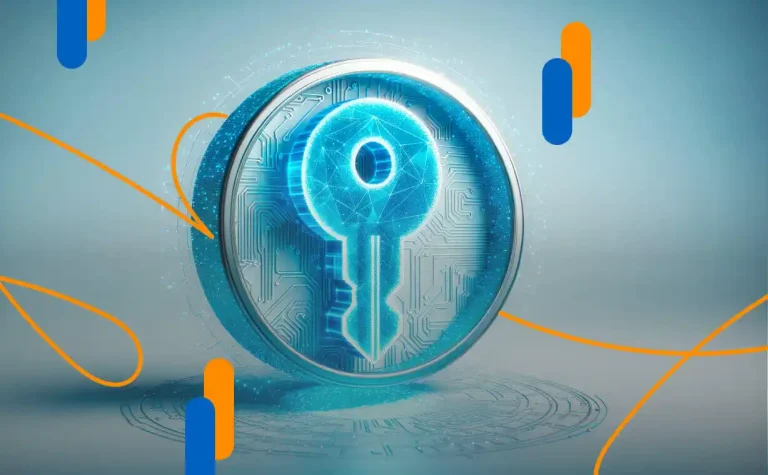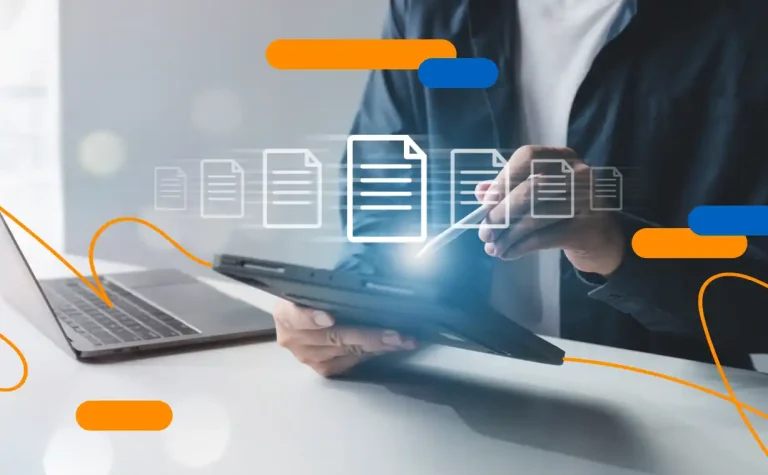Within the industrial environment, those responsible for the evolution towards Industry 4.0 can be overwhelmed by the number of technologies and tools available. It is a natural feeling, as well as the fear of choosing those that do not fit the company’s needs and do not generate benefits. To make this decision much more bearable, we bring here the key solutions to embark on this path towards the Fourth Industrial Revolution.
What is the fourth industrial revolution?
The Fourth Industrial Revolution (or Industry 4.0) is a term that originated at the 2016 World Economic Forum. It is a concept coined by its founder, Klaus Schwab, who describes it with expressions such as: “Industry 4.0”, “Industry 4.0”, “Industry 4.0” and “Industry 4.0”:
“We are on the brink of a technological revolution characterised by a fusion of technologies that is blurring the lines between the physical, digital and biological spheres”.
“The Fourth Industrial Revolution is not defined by a set of emerging technologies per se, but by the transition to new systems that are built on the infrastructure of the digital revolution”.
The Fourth Industrial Revolution is tangible in the Spanish business fabric. In fact, according to the study carried out by KPMG:
- 37% of the participating companies give it priority.
- 84% say they have already taken action.
Moreover, we should bear in mind that the current situation has given a boost to the digitisation of business. As a result, according to a report by Sage:
- 40% of companies have taken digitalisation measures during the new normal.
- 48% plan to invest in them.
Advantages of the Fourth Industrial Revolution
Adopting Industry 4.0 solutions entails a series of benefits that make companies opt for them, such as:
- Improved production times: thanks to the automation of actions, the reduction of errors and the fact that workers can spend their time on actions that really add value.
- Higher quality of products and services offered: the application of disruptive technologies makes it easier to meet established quality standards.
- Possibility of creating new products and services.
- Cost reduction.
- Increased security for human teams.
- Production more adaptable to the circumstances of the moment.
- Increased sustainability from an environmental point of view. For example, with the elimination of paper.
- More efficient information flow between departments, as well as with partners, customers and governments.
Main challenges for achieving the Fourth Technological Revolution
Despite all the benefits, there are still challenges to overcome for the Fourth Industrial Revolution to become a reality in many companies. The most prominent of these are:
- Need for training for staff, who in some cases will have to be retrained to adapt to the new tools.
- To implement some solutions, a significant initial investment will be required. This will pay off over time, although it may be a brake initially.
- As these are innovative and relatively recent technologies, it will require more effort to find people specialised in them.
- Special care must be taken not to neglect the human factor. We must not forget that this digital change must have people at its centre.

Digital tools for the Fourth Industrial Revolution
We are immersed in a reality in which technologies such as artificial intelligence, cloud computing, biometrics and the digital signature itself are evolving processes in all types of companies. Let’s take a look at their main applications.
Artificial intelligence
Within the Fourth Industrial Revolution, artificial intelligence is very useful for machines to learn by themselves. They do so on the basis of the data they receive and the historical data they contain. This is where concepts such as machine learning and deep learning come into play.
For document management, artificial intelligence algorithms can process and analyse these documents. This automatically extracts and classifies relevant information from the document.
Cloud computing
Working in the cloud is a huge advantage for facilitating work in collaborative environments. With cloud computing, industries can monitor all manufacturing data, even in real time, to make informed decisions.
Cloud computing brings a great deal to the management of documents that are generated continuously: records, quality reports, delivery notes, etc. These documents, duly digitised, will always be available to anyone who requires them and has the necessary permissions.
Digital signature
Within the large amount of document work involved in the operation of an industry, the use of electronic signatures speeds up the process enormously. It can be used to sign all kinds of documents remotely, as well as to manage complex document signature processes, among other options.
In addition, the digital signature is integrated with some of the solutions discussed above. Examples are:
- Digital signature tools, such as Viafirma’s, make use of Optical Character Recognition (OCR) technology. This is a very useful resource to speed up the passage from paper to digital documents, while metadata is extracted and classified.
- Cloud computing gives shape to the digital signature in the cloud or centralised signature. With it, we can sign electronically with digital certificates that are hosted on secure servers. This allows us to use them regardless of location and time.
- In order to provide a valid electronic signature, one of the options available is the provision of biometric evidence. Images, videos, speech or a handwritten signature on a specialised tablet are examples of this type of evidence.
The Fourth Industrial Revolution is very latent in companies, becoming a must in such a demanding competitive environment. Its benefits give ample reason to go for it, breaking down the barriers that hinder its implementation.
Although many think that the Fourth Industrial Revolution is exclusively about machinery and production lines, it also encompasses other equally relevant aspects. One of them is working with all kinds of documents, which can number in the hundreds or thousands.
All this means that their management must be optimised as much as possible. This is where the digital signature comes in. It is able to take advantage of the features offered by other technologies, bringing agility, security and legal confidence to all processes.



